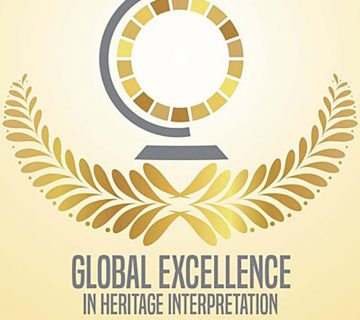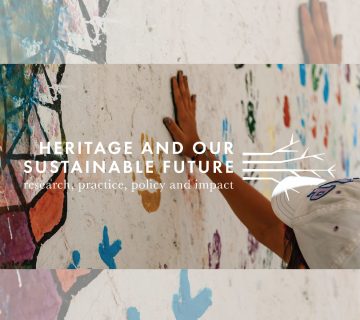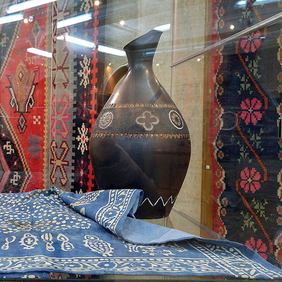The project ‘Ecotourism in Beresinsky: innovative approaches, partnership models, green awareness’ is based on nature interpretation principles and supported by EU and UNDP. It will be realized in 2016-2017 in Beresinsky Reserve in Belarus.
The Beresinsky Reserve is the oldest and the only natural area of protection of the highest rank in Belarus. This state reserve was established in 1925.
The Biosphere Reserve is located some 100 km north-east of Minsk on the edge of the watersheds between the Black and the Baltic Seas. It is a patchwork of boreal coniferous and broad-leafed forests, lakes, watercourses, marshlands and flood plains and represents one of the largest undrained peat bogs in Eastern Europe. It extends to 11,000 hectares. Its wolves, bears and bison populations, as well as the rich bird life, attract many scientists. There is a network of permanent plots, and profiles for monitoring forest, marshland, and meadow vegetation. The area is also known for its historic sites, such as Slavic tombs, ancient trade ways and waterworks and the site of a battle between the Russians and French in 1812.
Some 2,200 people live within the biosphere reserve boundaries and use the transition area and specially designated sites for gathering berries and mushrooms, cattle pastures and non-commercial fishing. Some economic benefit derives from tourism. An environmental education center and a nature museum provide information for visitors. Since 1994, cooperation between the twinned biosphere reserve of Berezinsky and Vosges du Nord in France) has included exchanges of specialists and study visits in such fields as wolf ecology, ornithology and forest management as well as fostering ecotourism.
More information about Beresinsky Reserve is included in:
- The World Network of Biosphere Reserves (WNBR)
- The Man and the Biosphere (MAB) Programme (1979)
- The European network of biogenetic reserves (1994)
- The Ramsar List of Wetlands of International Importance (2010)
It was awarded a European Diploma of Protected Areas (1995).
It’s also:
- a member of the international programme ‘Wetland Link International’ (2011)
- a Wilderness Partner of the international network ‘European Wilderness Society’ (2014)
- an International Plant Area (2004)
- an International Bird Area (2005)
- a monitoring point of the National environmental monitoring system (NEMS).
The main idea of the project ‘Ecotourism in Beresinsky: innovative approaches, partnership models, green awareness’ is the implementation of ideas of nature interpretation in our country.
We are planning:
to conduct training based on the ‘Training and Certification Plan for Interpretive Guides’ from the HeriQ Project with assistance from Thorsten Ludwig, IE Managing Director, for 16 local nature guides
to organize schools of guides and animators for Biosphere Reserve
to organize summer school for local craftsmen
to hold open-air sessions among designers to create 10 wooden sculptures of different mythological characters for ecotrails
to run a PR-campaign for raising awareness about new ecotourism products based on interpretation principles.
We will keep you informed about progress towards the project’s realization.
Valeria Klitsounova is Chair of the Board of the Belarusian Association ‘Country Escape’
To cite this article:
Klitsounova, V. (2015) ‘New project in Belarus’. In Interpret Europe Newsletter 4-2015, 9-10.
Available online:
https://www.interpret-europe.net/fileadmin/Documents/publications/Newsletters/ie-newsletter_2015-4_winter.pdf




